The millennials have endorsed the nutritious food rebellion and are concerned about the impact it has on their health and environment. Traditional millets have made it back into households, rapidly looking to win over the soul of this compiler because of the many advantages they offer. Barnyard millet is a prevalent cereal or crude grain that has a great nutritive value, flexibility, and accessibility.
Barnyard Millet is a small white-shaped seed that grows naturally in Uttarakhand, India. It includes more nutrition than other cereal grains and is a great source of protein, carbs, and fibre. This can be provided to 6 to 8-month babies as gruel or Kheer, and to kids above one year as dosa and idlis. It is recognized as "Sanwa Rice" but when boiled, it makes it taste almost like rice. Barnyard Millet is indeed a real natural blessing to the daily meal and inactivity, which can lead to numerous health issues.
Barnyard millet, as well recognized as Kuthiravali in Tamil, odalu in Telugu, Jhangora in Hindi, and Kavadapullu in Malayalam, includes a lot of fibre. Among all millets, this has the least carbohydrate content and energy content. Millet bran strands are significant in Vitamin b.
How is barnyard millet used?

Barnyard Millet cooks fairly quickly, carrying less than 30 minutes to accomplish a soft, delicate texture. Barnyard Millets can be cooked for a much more earthy, nutty flavour. It is used to make Khichdi with a handful of steamed veggies and is perfect for producing Tiffin items like Dosas, Idlis, and Upma. It's used to make a tasty treat called "Kheer."
How do you incorporate barnyard millet into your nutrition?
All millets have to be drenched to reap the maximum nutrient benefit of them after preparing food. You may soak and rinse this millet for around an hour to reduce the cooking process. This millet cooks for around 20 min. You can substitute this with rice or use it in any grain dish. However, keep in mind that these granules are rounder, and tinier, and prepare food extra softly. Optionally, whole grain of barnyard millet can be powdered to flour and used to make bread, crepes, and porridges.
Nutritional values of Barnyard Millet:
Barnyard millets are nutrient-dense particles. They are a good source of iron, protein, and fibre.
During pregnancy, 100 g of barnyard millet offers 100% of the recommended daily intake of iron and 67% of the daily amount. Also, it includes a lot of calcium, which can assist your teeth and bones.
It includes the following nutrition per 100 g representing:
- Calories: 300 kcal
- Fat: 3.6 g
- Dietary Fibre: 13.6 g
- Protein: 11 g
- Carbohydrate: 55 g
- Calcium: 22 mg
- Vitamin B1: 0.33 mg
- Iron: 18.6 mg
- Vitamin B2: 0.10 mg
- Vitamin B3: 4.2 mg
Health benefits of Barnyard millet:
-
Barnyard millet is significant in digestible protein and helps you feel gentle
and energised after having eaten it. And, no, Barnyard millet isn't only a fasting millet; it's nutrient dense enough to include in everybody's regular diet, irrespective of age.

- It is a high-fibre food with a great balance of soluble or insoluble fragments. A food's dietary fibre content helps in the preventative measures of incontinence, surplus gas, constipation, and extraneous stomach cramps.
- Millets' carbs have a high level of enzyme delignification, which assist in the creation of more starch. As a result, patients with heart disease and diabetes may profit from it. As a result, it may well be suggested for cardiovascular events and diabetics. Barnyard millet enhances carbohydrate sensitivity in diabetes patients and also assists to lower blood sugar.
- Barnyard millet, like all millets, is appropriate for gliadin patients and those who favour allergen nutrition that precludes wheat, barley, as well as other sourdough food products. Since millet is commonly accessible, fast to cook, and flavoursome, it could simply substitute for rice, wheat, and other gluten-rich grain products.
- A few barnyard millet variants have the greatest concentration of all millets and cereals. Barnyard millet could be a rich source of iron for vegans and it may help to increase haemoglobin globin blood levels.
- The dietary fibre content of these millets aids in keeping the body feeling full. As a result, it lessens the urge to consume so much food, that is how more energy ultimately accesses the system. The few searching for the best millet for losing weight can integrate it into their nutrition. Apart from that, barnyard millets are full of antioxidants, which assist in the treatment of different ailments and health problems.
Recipe using Barnyard Millet:
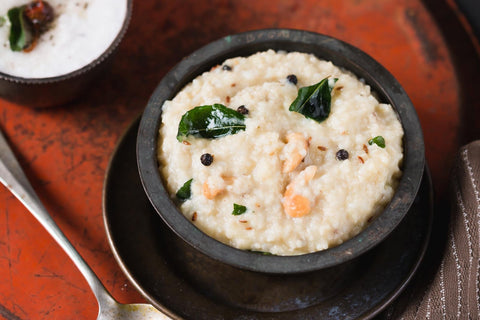
Recipe name: Barnyard Millet Pepper Pongal
Course: Breakfast
Cuisine: South Indian
Cooking Time: 20 minutes
Ingredients:
1 cup Barnyard Millet
1/2 cup Moong dal
4 cups Water
4 tablespoons ghee
1 teaspoon peppercorns
1 teaspoon cumin seeds
1 inch finely chopped ginger
Preparation:
- Soak barnyard millet and moong dal in water for at least 10 minutes.
- Cook barnyard millet and moong dal in 4 cups of water for 1 whistle and mins in sim mode before turning off the temperature.
- Once the stress has quieted down, use a spoon to combine the Pongal well.
- In a Kadai, dissolve the ghee with peppercorns, cumin seeds, ginger, and hing. Simmer for several seconds, or till you get such a lovely aroma, then drizzle this tadka over over-mashed Pongal and serve warm. It complements sambar and coconut chutney well.
Conclusion:
We have discovered the nutrient value of millets and researched their nutrition advantages. When particularly in comparison to widely consumed crops such as rice, millets come out on top on several frontiers. They are not just a superpower of medical benefits for the body, but the reality that they will be started growing without using detrimental pesticides and other chemicals tends to make them a perfect part of frequent Indian nutrition meal options.
Millets make sure how you can handle your weight with a healthy balanced diet by trying to work on the several wellness sides of the body. Millets also are helpful for diabetics and high blood cholesterol. Thus, in order to better implement weight and create a healthier condition of the body, millets should be included in one's normal diet.
FAQs
Q1: Is barnyard millet suitable for individuals with gluten intolerance?
Yes, barnyard millet is gluten-free and a suitable alternative for individuals with gluten intolerance. It can be used as a substitute for gluten-rich grains like wheat, barley, and rye.
Q2: How can I incorporate barnyard millet into my diet?
Barnyard millet can be cooked and used in various dishes. It can be used as a substitute for rice, added to soups and stews, or used to make porridge, dosas, idlis, and upma. It can also be ground into flour and used to make bread or other baked goods.
Q3: Can barnyard millet help with weight loss?
Yes, barnyard millet is high in fiber and can help you feel full for longer, reducing the urge to overeat. It is also low in calories and packed with nutrients, making it a great addition to a weight loss diet.
Different Products in Barnyard Millet
- Barnyard Millet
- Barnyard Millet Flour
- Barnyard Millet Noodles
- Barnyard Millet Vermicelli (Kuthiraivali)
- Barnyard Millet Flakes (Poha)


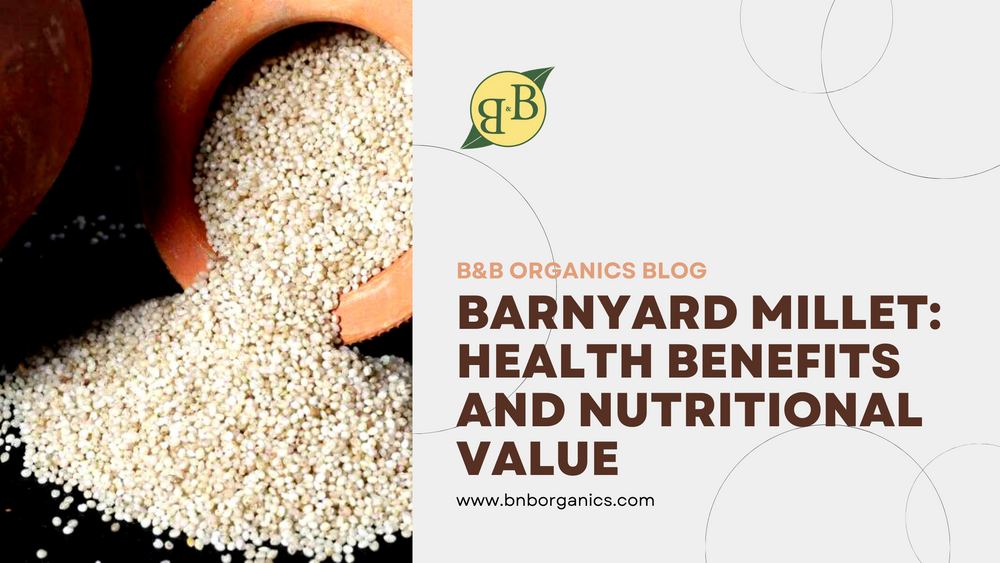




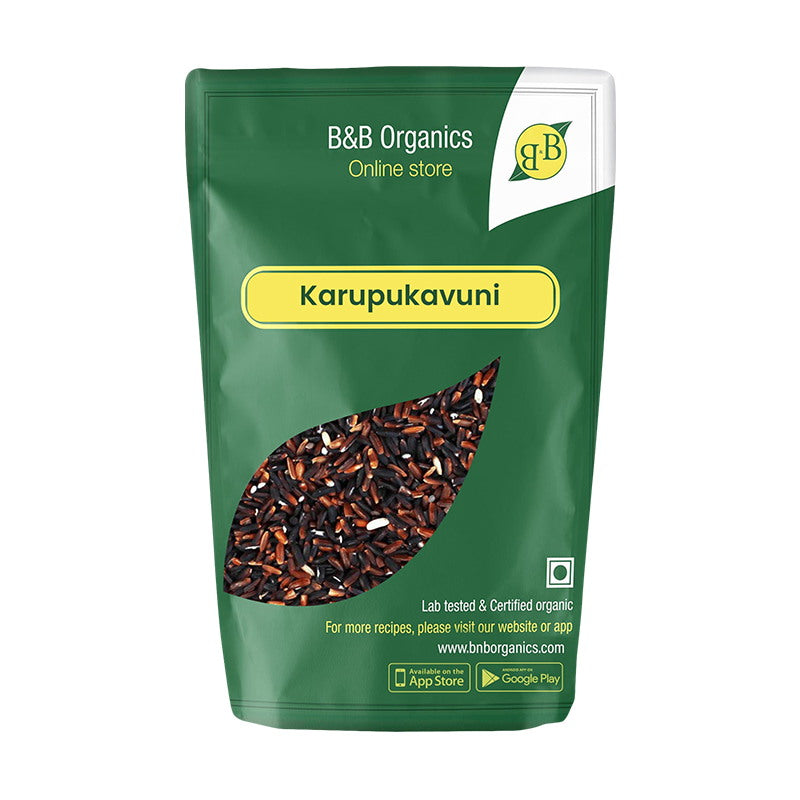
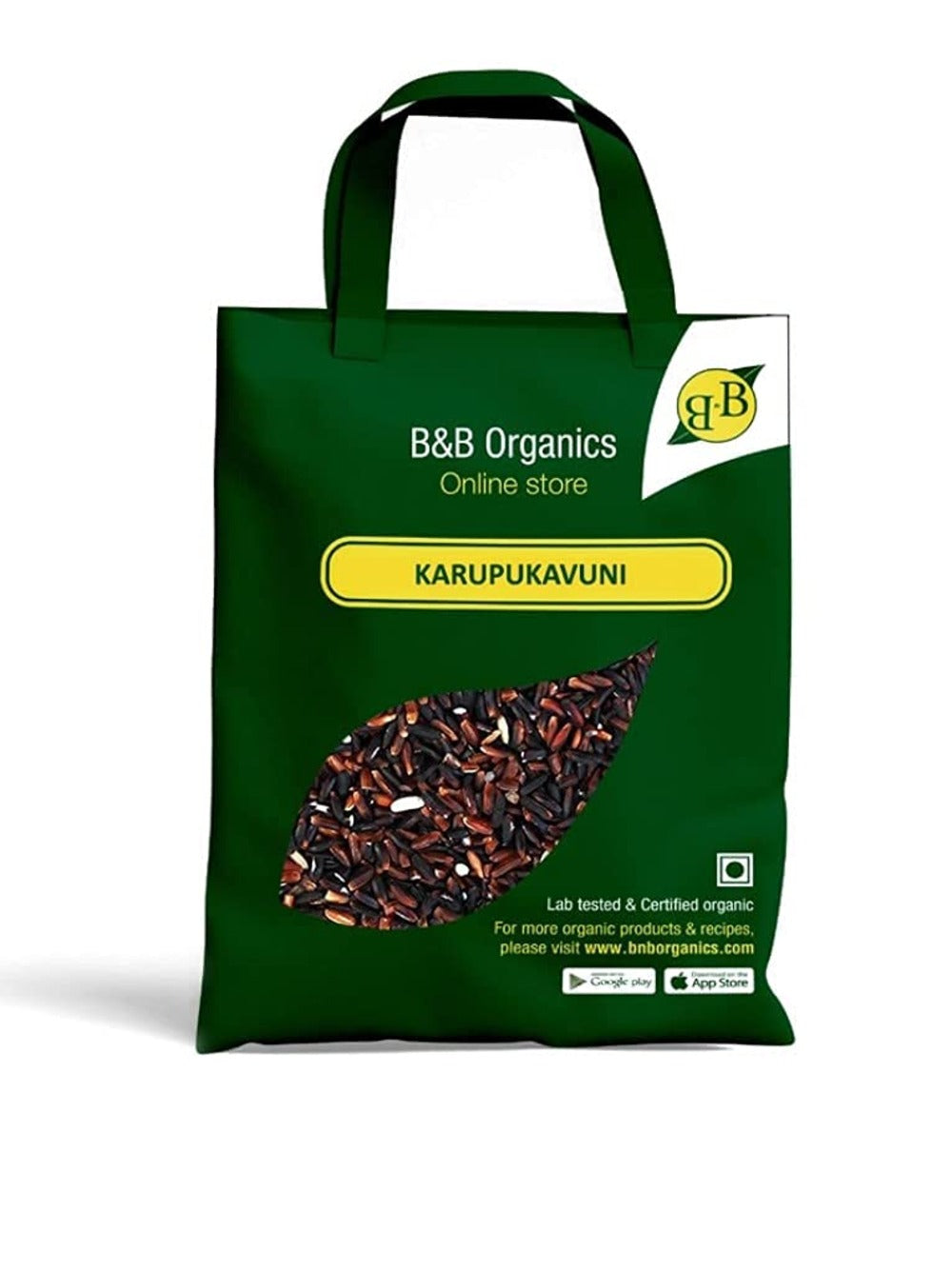
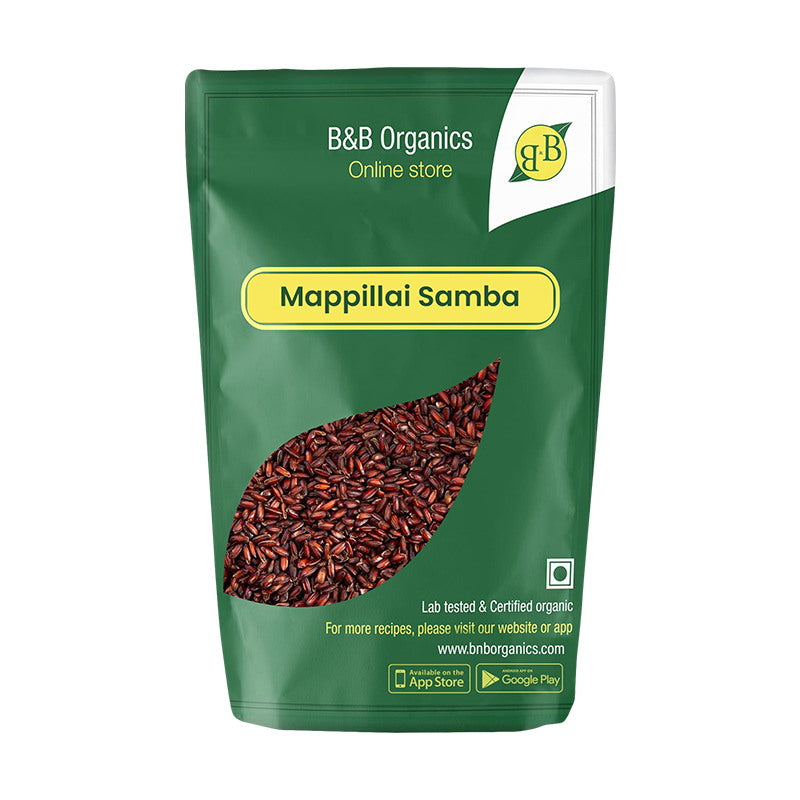
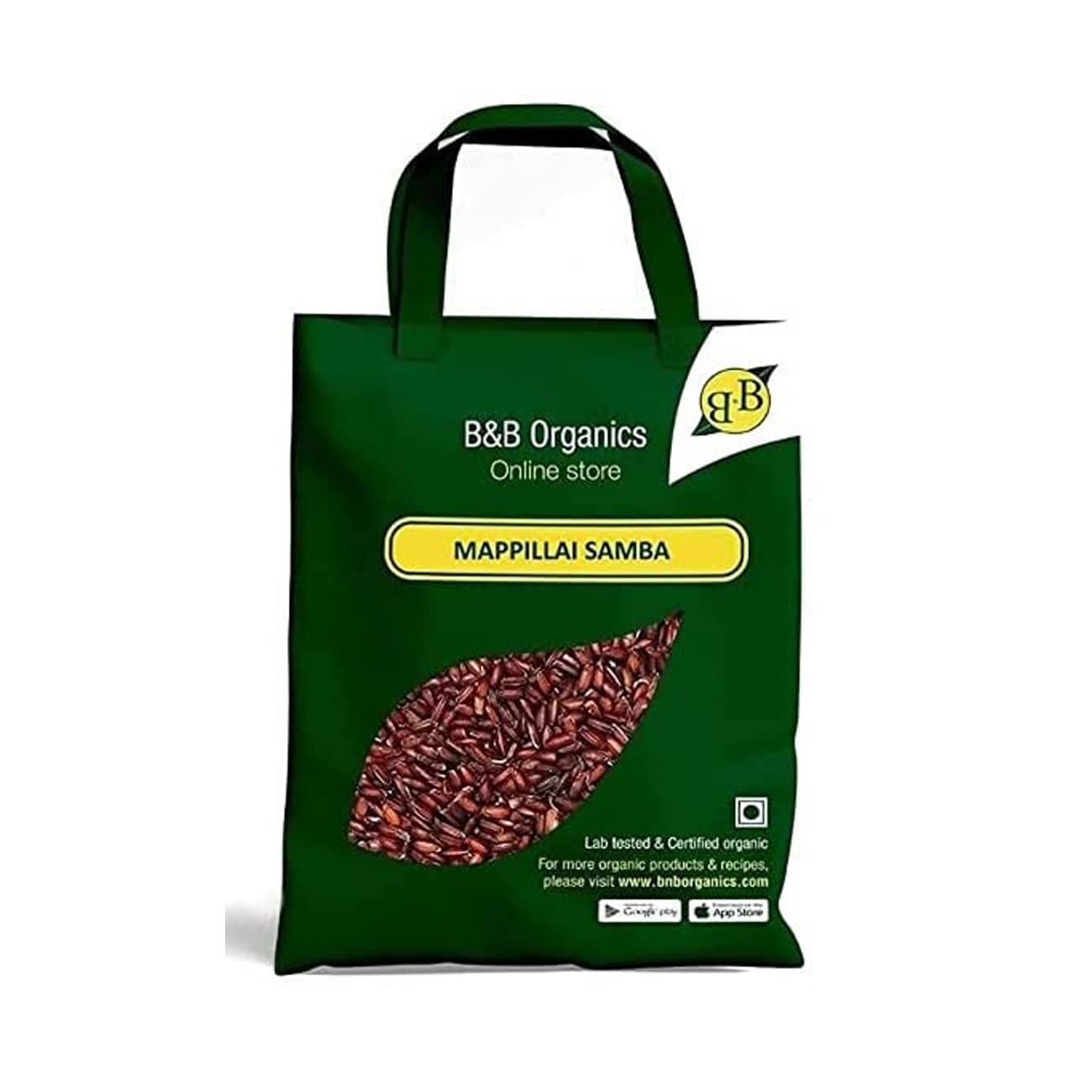
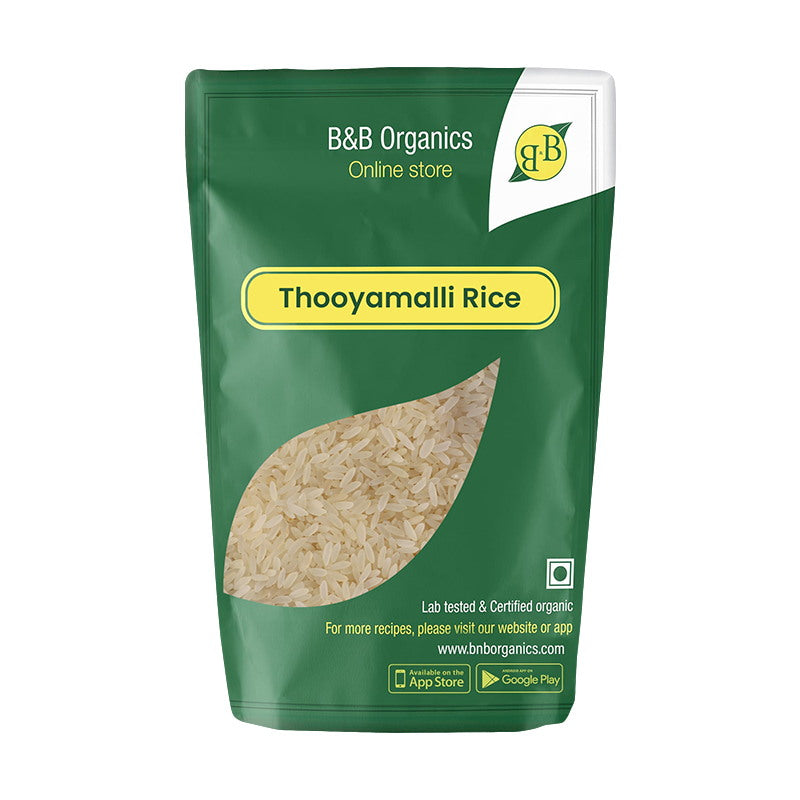
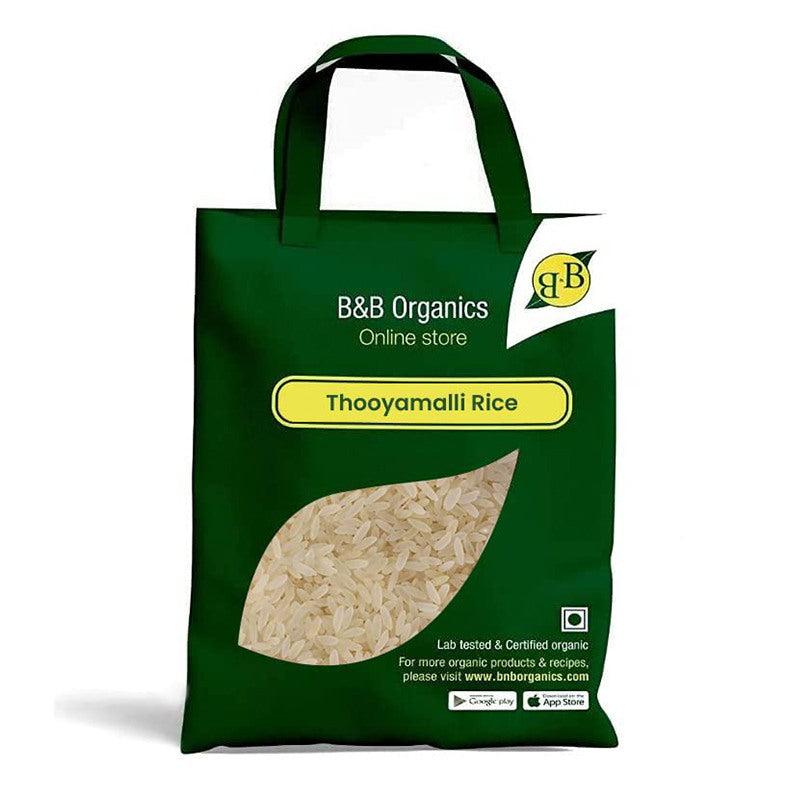
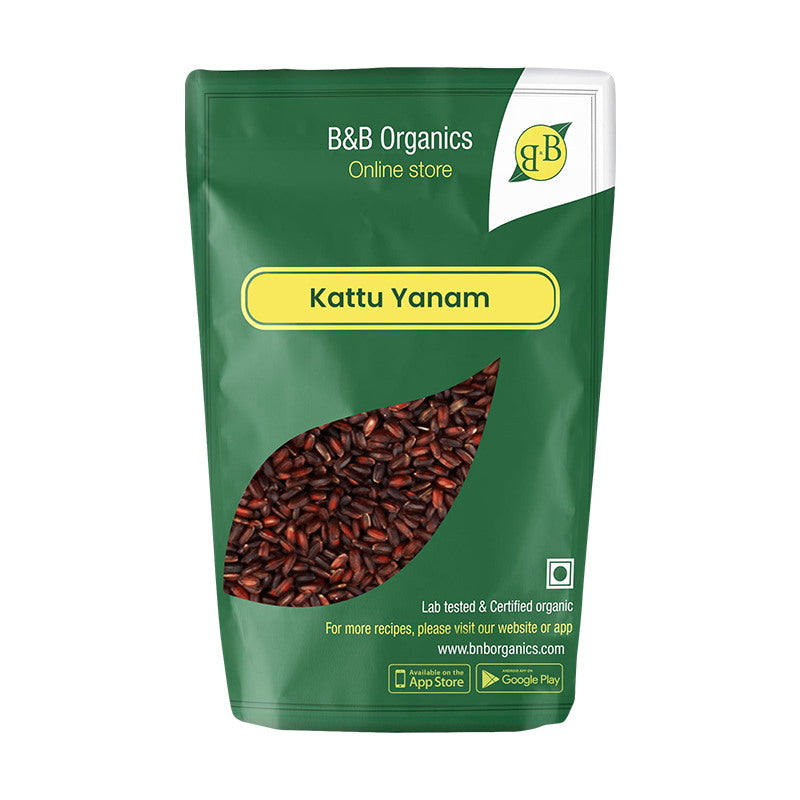
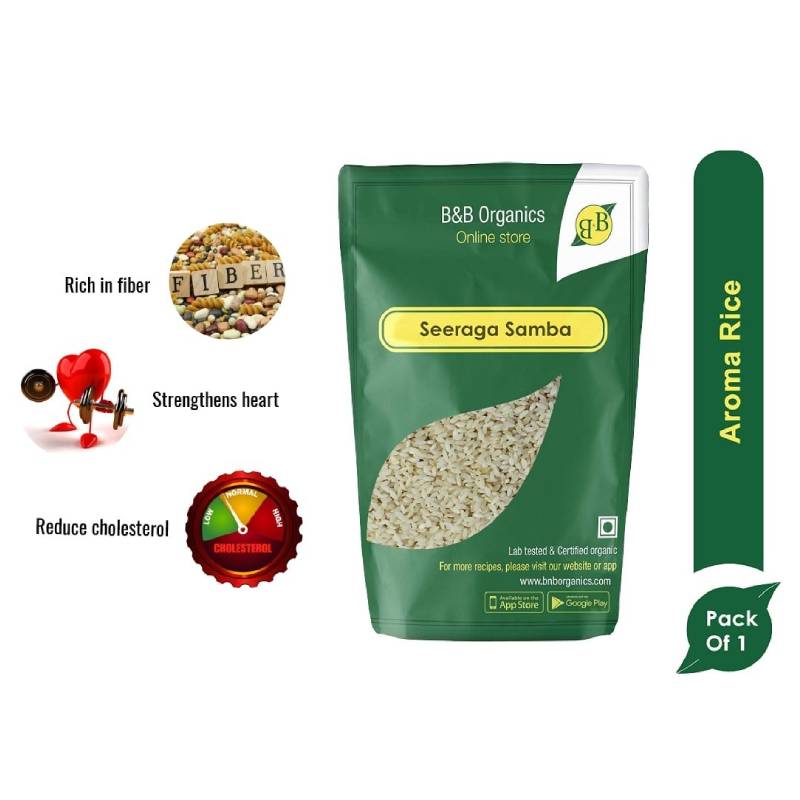
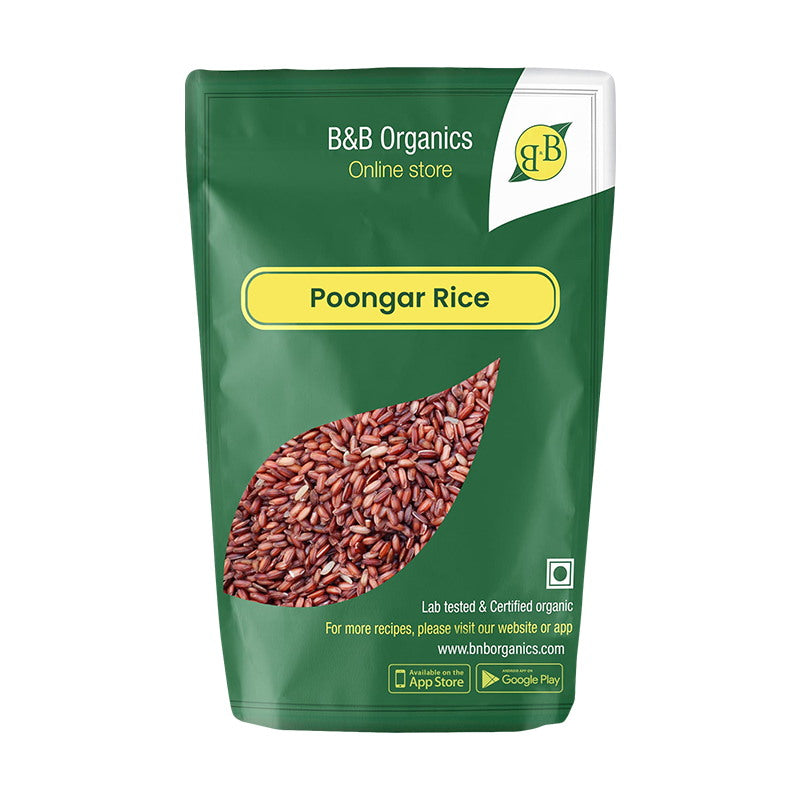
3 comments
Thank you so much for giving such huge knowledge in today’s busy life
Nice… Thanks for all the informations about barnyard Millet!
Thanks much dor the loads of information provided in here.